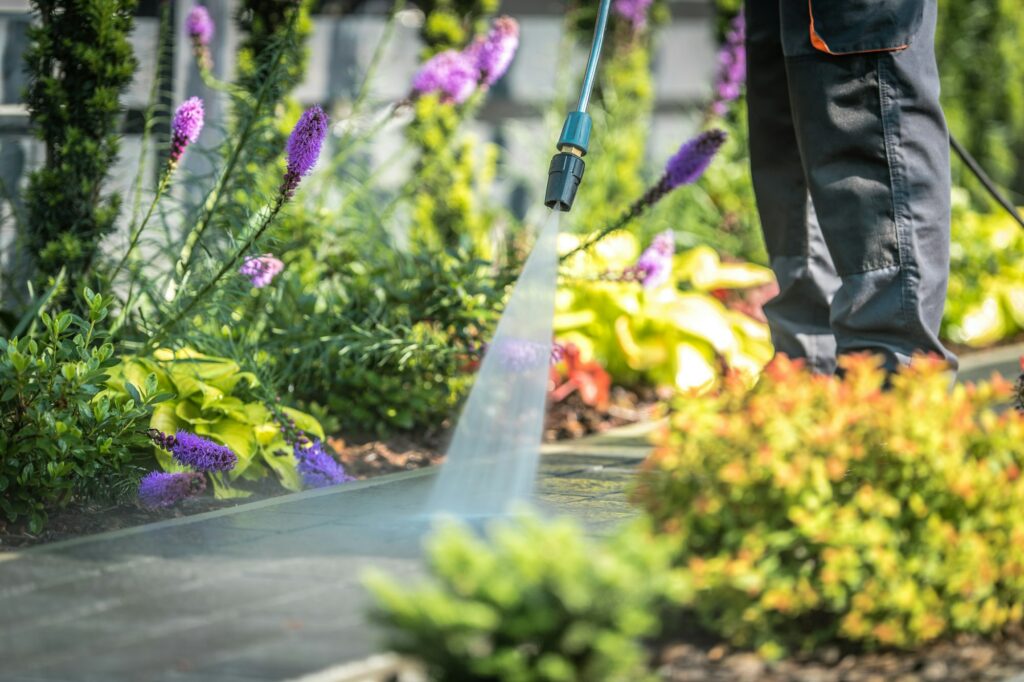Creating a sustainable, eco-friendly landscape is not only beneficial for the environment but also enhances the health and beauty of your yard while reducing long-term maintenance costs. By adopting sustainable landscaping practices, you can create a vibrant outdoor space that thrives in harmony with nature.
1. Native Plants for a Thriving Ecosystem
Native plants are adapted to your local climate and soil conditions, making them a low-maintenance and sustainable choice. They require less water, fertilizer, and pesticides compared to non-native species. Native plants also provide essential habitats and food sources for local wildlife, including bees, butterflies, and birds.
2. Water Conservation with Smart Irrigation
Efficient irrigation systems, such as drip irrigation or smart sprinklers, help minimize water waste while keeping your yard hydrated. Rain barrels and rain gardens are excellent additions to collect and use rainwater, reducing dependency on municipal water systems and promoting sustainability.
3. Composting for Soil Health
Transform kitchen scraps and yard waste into nutrient-rich compost to enrich your soil naturally. Composting reduces the need for chemical fertilizers and improves soil structure, leading to healthier plants and reduced environmental impact.
4. Mulching for Moisture Retention
Adding a layer of organic mulch around your plants helps retain soil moisture, suppress weeds, and regulate soil temperature. As mulch breaks down, it also enriches the soil, promoting a healthier and more sustainable landscape.
5. Energy-Efficient Landscape Design
Strategically placed trees and shrubs can provide shade, reducing cooling costs in summer, while windbreaks can lower heating costs in winter. Incorporating solar-powered outdoor lighting adds beauty and functionality while using renewable energy.
6. Avoid Harmful Chemicals
Reduce or eliminate the use of synthetic pesticides and herbicides, which can harm beneficial insects, pollinators, and soil health. Opt for organic alternatives or integrated pest management techniques to keep your yard healthy and thriving.
7. Low-Maintenance Hardscaping
Incorporate eco-friendly hardscaping materials such as permeable pavers, recycled concrete, or natural stone to enhance your yard’s functionality without compromising the environment. Permeable surfaces help reduce runoff and promote groundwater recharge.
8. Support Pollinators and Wildlife
Create a pollinator-friendly habitat by planting flowers that bloom throughout the seasons. Add birdhouses, bee hotels, and small water features to attract and support local wildlife, promoting biodiversity in your yard.
By incorporating these eco-friendly landscaping practices, you can create a sustainable and beautiful yard that not only reduces your environmental footprint but also supports a thriving ecosystem. A well-planned, sustainable yard benefits both you and the planet, making it a win-win investment in the future.



